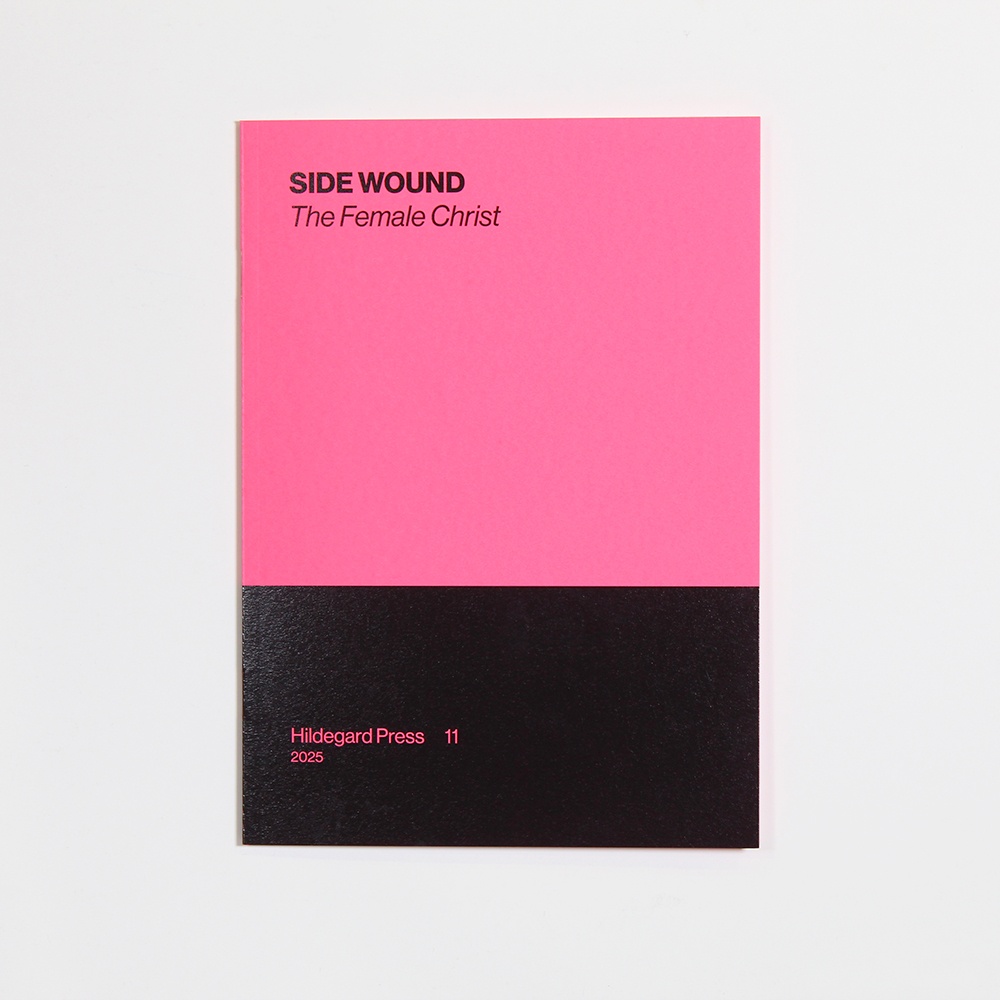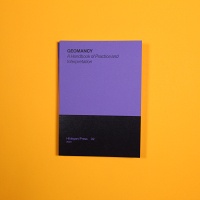Shop > Artists' Books
#16418
Side Wound: The Female Christ
- Date
- 2025
- Publisher
- Hildegard Press
- Format
- Artists' Books
- ISBN
- 604-314-9650
- Size
- 13 × 18 cm
- Length
- 34 pp
- Genre
- Art History, Queer Art & Artists, Books on Books
During the crucifixion Christ is said to have sustained 5 wounds: 1 in each hand and foot from the nails of the cross, and the 5th was formed when the side of Christ was pierced by the sword of Longinus. These 5 wounds became objects of specific veneration in the late Middle Ages and in manuscripts the side wound is usually depicted as a mandorla: an almond/diamond/vulvic shape, generally isolated from Christ’s body and oriented vertically on the page. It is the vulvic shape of these images, and their implications, that this publication takes as its focus.
Images of the side wound were used as talismans, one could gain magical protections by looking at them, touching, ingesting, or wrapping them around your body, and they are often found on birth girdles: rolls of parchment with magical formulae for easing birth. Mystics of this time speak of drinking from the wound, kissing it, entering it, living within it, and subsequently being birthed from the wound. The vulvic representation of the wound produced a state where Christ was seen as neither fully male, nor fully female, but rather as an unstably sexed figure, asserting a constant fluidity. Through this side wound Christ became a mother, lover, object of erotic desire, and a portal for the whole universe to emerge from.
SIDE WOUND: The Female Christ provides an overview of the many ways the side wound has been interpreted historically and includes images and archival information of the numerous manuscripts depicting the side wound.


























